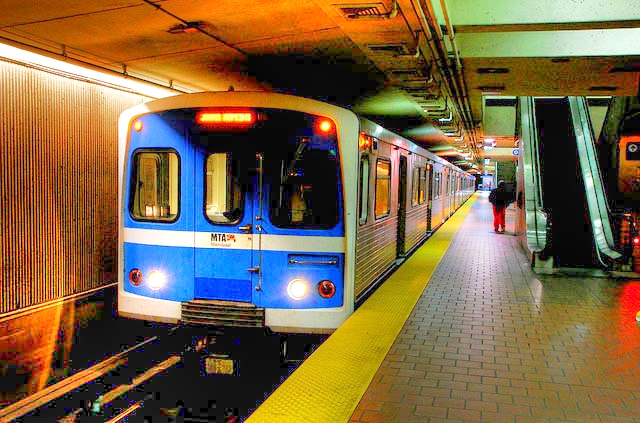The young people who have moved to Portlandia like to eat out a lot, and as a result the Portland has more restaurants per capita than all but five other metropolitan areas in the country. However, the cost of eating out is rising because inexpensive restaurants are getting pushed out by more expensive ones that can afford to pay the rising rents required to stay in Portland.
This is just one more symptom of Portland’s growing affordability problem. In May, median home sale prices in the Portland area exceeded $350,000 for the first time. This is 4.8 times median family incomes, the worst Portland has yet seen. While sale prices might not perfectly reflect the entire housing market, they are probably pretty close, as Zillow estimates that the median value of Portland-area homes in April was $325,000.
Inexpensive restaurants aren’t the only thing that gets pushed out by rising land prices. Residents of a mobile home park in Northeast Portland are facing eviction as the owner wants to sell the land to a developer who will no doubt build dense, but much-more expensive, housing on the site. The residents are trying to raise $2 million to buy the park themselves, but this seems unlikely. At least four other mobile-home parks are also facing sale and redevelopment.








